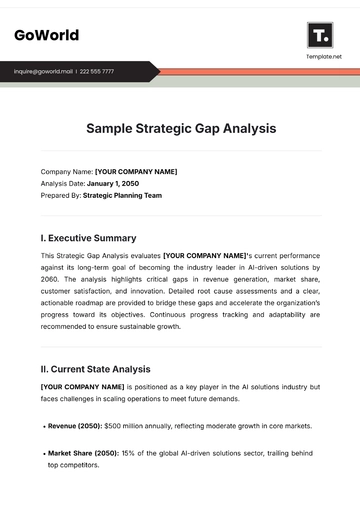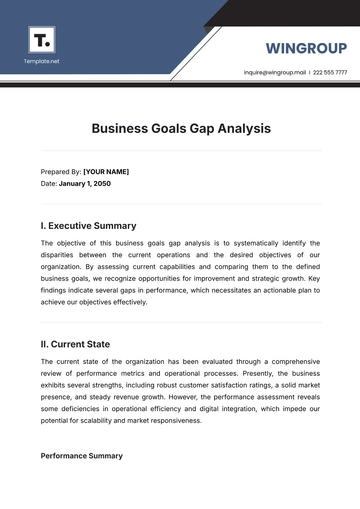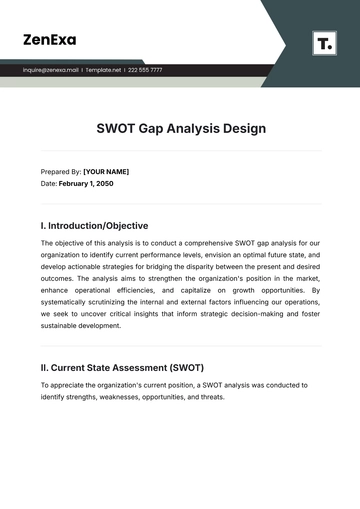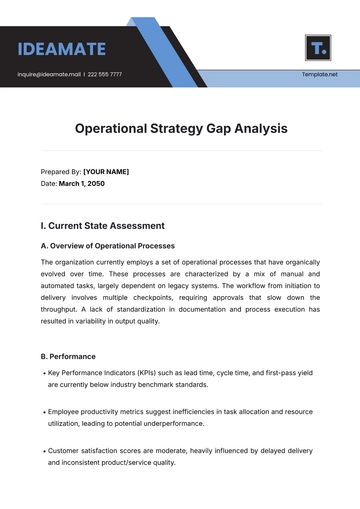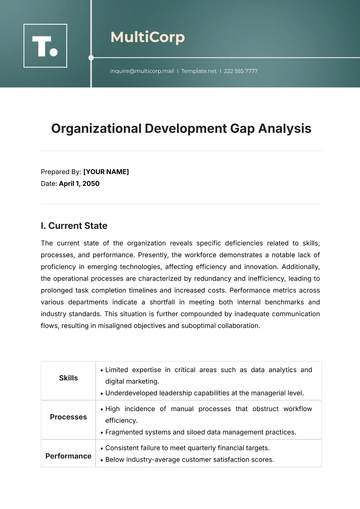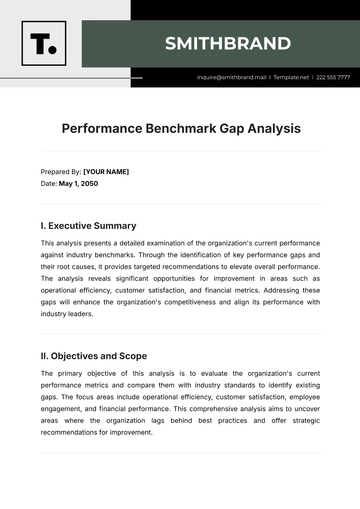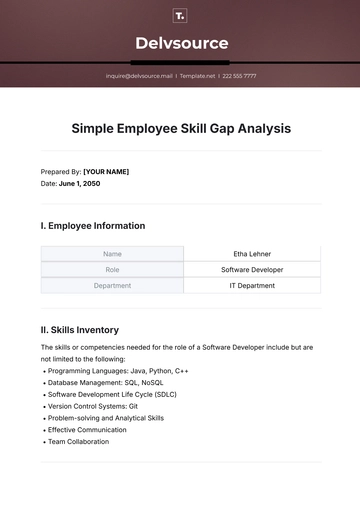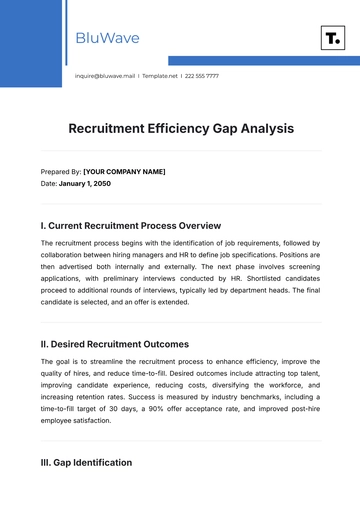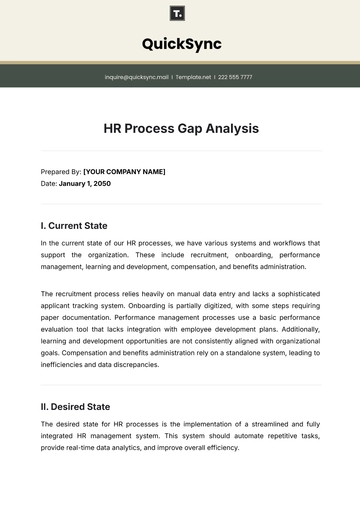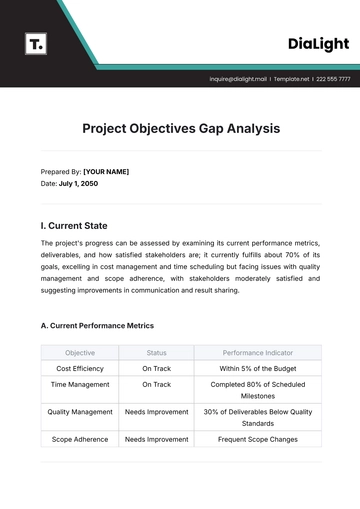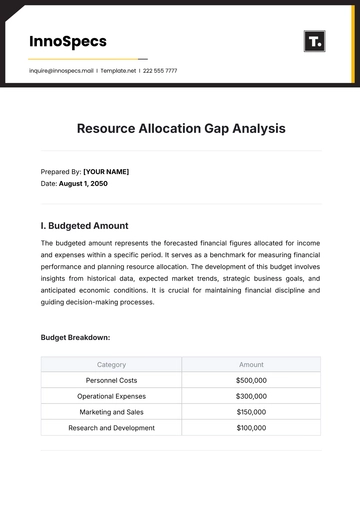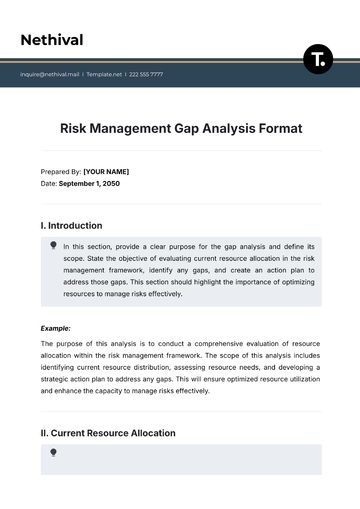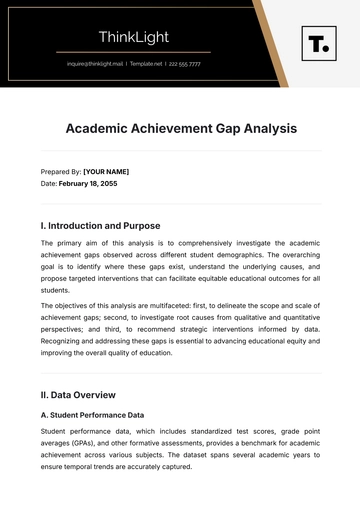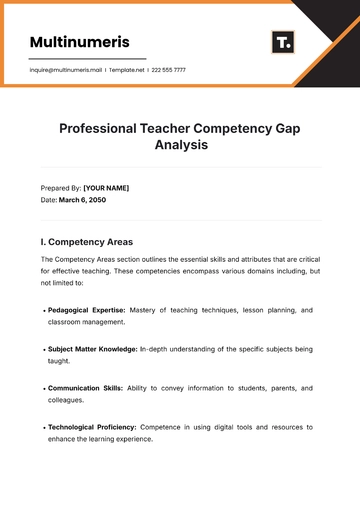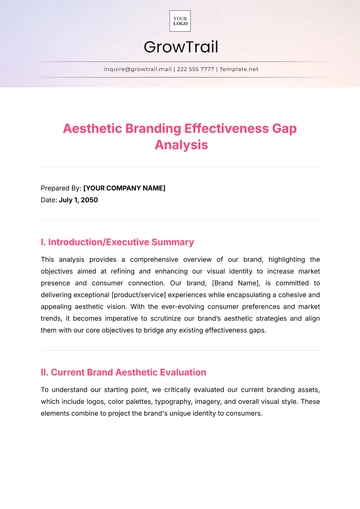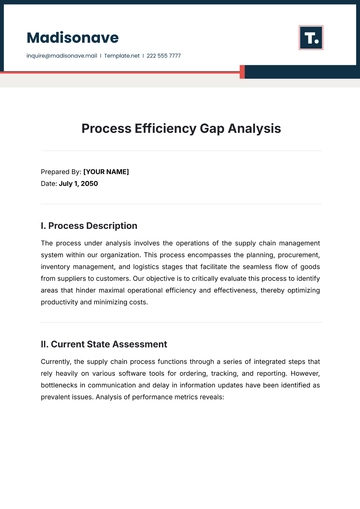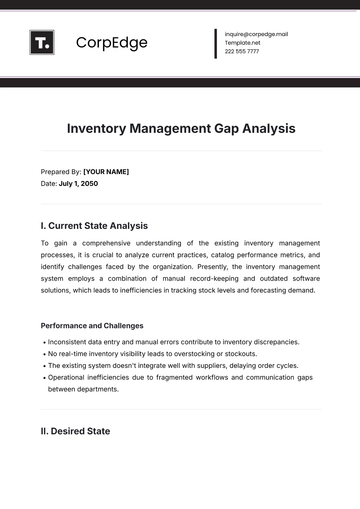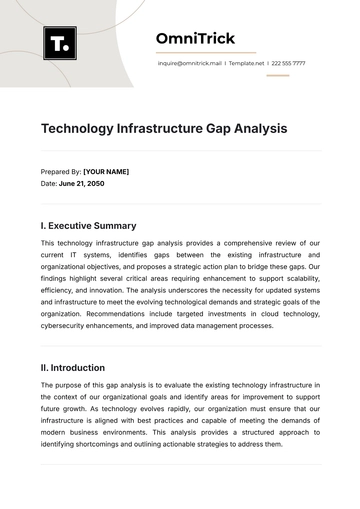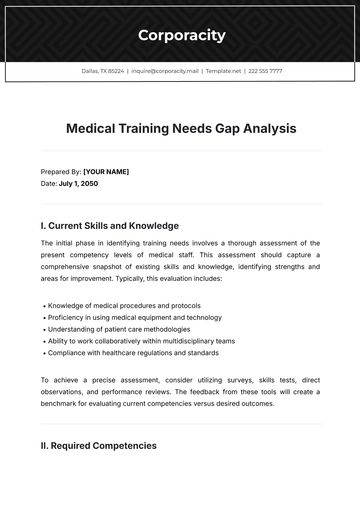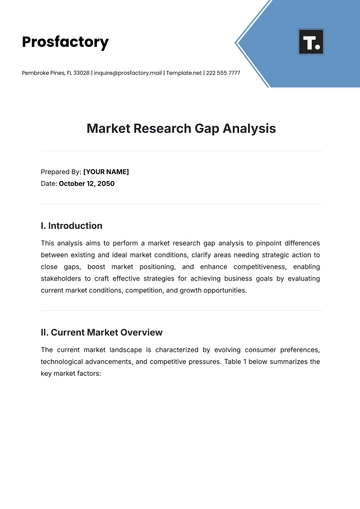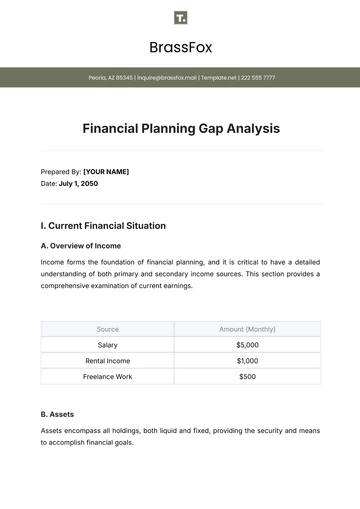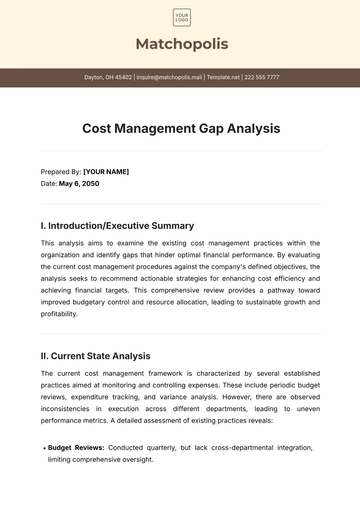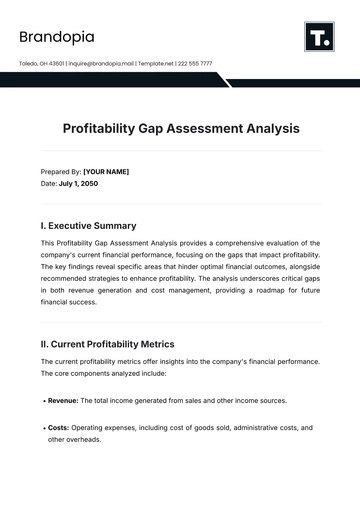Free Salon Hair Stylist Productivity Analysis
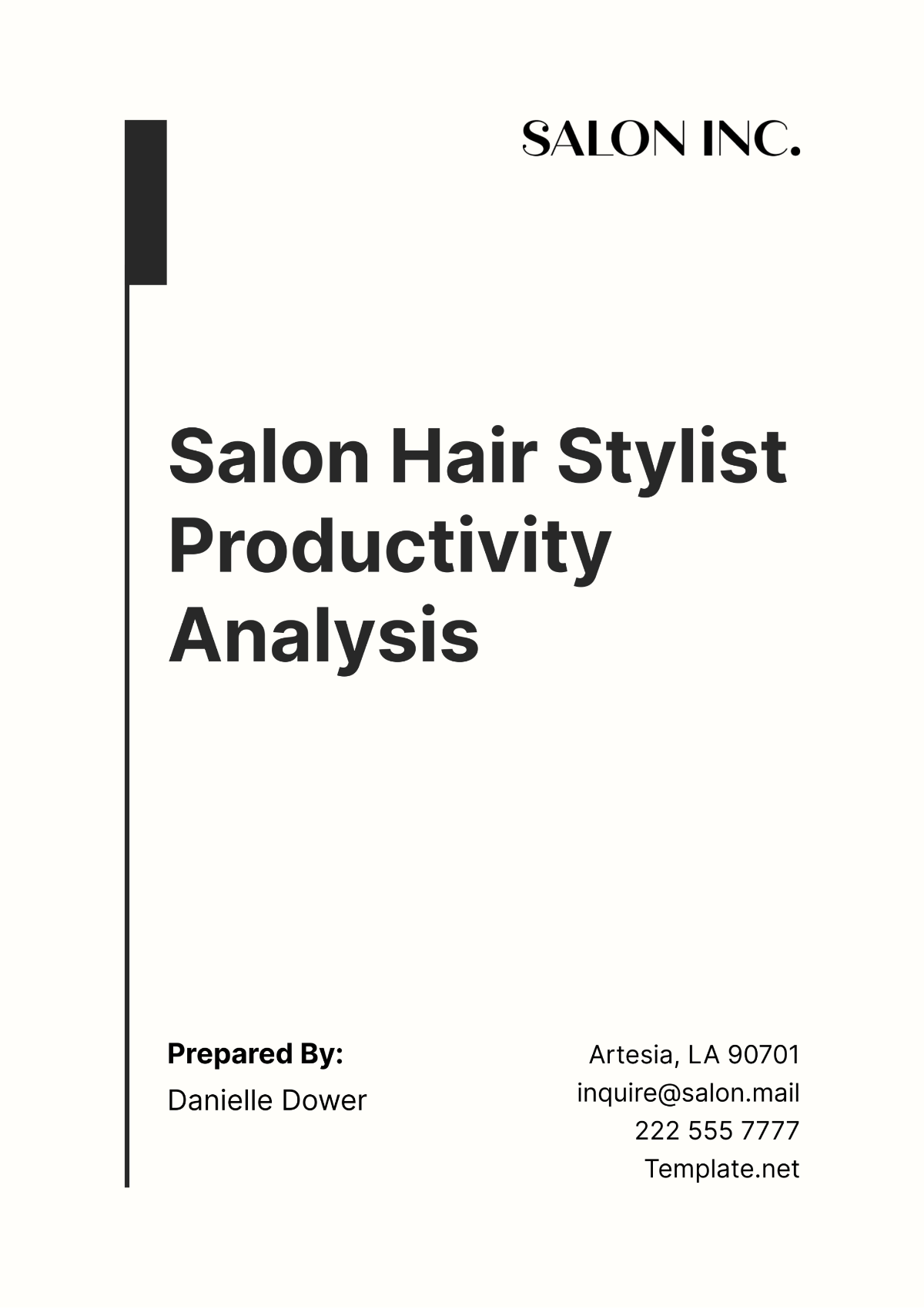
1. Introduction
The beauty and hairdressing industry is witnessing a robust growth, driven by a global increase in consumer spending on personal grooming and appearance enhancement. According to recent industry reports, the sector is expected to grow annually by 4.5% over the next five years. In this thriving market, the productivity of hair stylists emerges as a critical factor not only for the profitability of salons but also for client satisfaction and retention. Salon productivity directly influences revenue streams, brand reputation, and customer loyalty.
This document provides an in-depth analysis of stylist productivity at [Your Company Name], focusing on various factors that affect daily operations and overall business outcomes. The objective is to identify trends, assess the effectiveness of current practices, and uncover areas needing attention or improvement. By examining daily activities, client interactions, product usage, and time management, we aim to deliver actionable insights to enhance stylist productivity within the modern salon environment of [Your Company Name].
Geographically, this analysis covers [Your Company Name]'s operations in [Your Company Address], conducted over the period [Start Date] to [End Date]. This period was selected to ensure the data reflects current trends and the effects of seasonal variations in consumer behavior related to personal grooming and beauty treatments.
2. Methodology
The methodology for this comprehensive analysis was meticulously designed to capture a wide array of data points essential for a thorough evaluation of stylist productivity. We utilized several data sources including electronic appointment books, product inventory logs, customer feedback forms, and detailed staff interviews. The collected data spans the last quarter, providing a complete and relevant snapshot of current practices and their effectiveness.
Data Collection:
Appointment Books: Analyzed to determine the number of clients served per stylist per day, the duration of each appointment, and the types of services rendered.
Product Inventories: Reviewed to assess the frequency and types of products used during client services, which helps in calculating the cost-effectiveness of product usage.
Customer Feedback Forms: Used to gauge client satisfaction with services provided, focusing on aspects such as wait times, service quality, and overall experience.
Staff Interviews: Conducted to understand the challenges stylists face, their techniques for managing time and resources, and their personal insights into how productivity could be improved.
Data Analysis Techniques: The data was analyzed using statistical software [Specify Software Name], which facilitated the identification of patterns and correlations between different variables. We employed descriptive analytics to summarize the data and inferential statistics to determine causations and predict future trends.
Data Integrity Measures: To ensure the accuracy and reliability of our findings, we implemented several data validation techniques. These included cross-verification of appointment records with financial transactions, random checks of inventory records against purchase orders, and follow-ups on anomalous data points identified during the initial analysis phase.
3. Key Findings
Client Volume:
Our analysis reveals that stylists serving more than 8 clients per day see a 10% increase in total daily revenues compared to those serving fewer clients. This suggests that higher client throughput is a significant driver of revenue.
There is a noticeable decline in client volume mid-week. Specifically, Wednesday and Thursday show a 15% lower turnout than weekends, impacting overall productivity levels.
Service Time Efficiency:
We found a strong correlation between faster service times and higher customer satisfaction scores. Clients rated their satisfaction at 8.2 on average when services were completed within the scheduled time, compared to 6.9 when their appointments overran.
Stylists with advanced training in quick styling techniques, such as those certified in [Specific Technique], perform their services 15% faster on average than their peers without this training. This not only improves client throughput but also enhances client satisfaction.
Product Usage:
Optimized product usage, achieved through training stylists on precise application techniques and portion control, led to a 20% cost saving on supplies per month.
Interestingly, our analysis did not find a direct correlation between high product usage and increased revenue. Instead, revenue was more closely associated with the efficiency of service and the ability to upsell during client interactions.
Revenue:
Revenue per stylist shows significant variation, influenced heavily by experience and client retention rates. More experienced stylists, with over five years at [Your Company Name], generated approximately 25% more revenue than their less experienced counterparts.
Implementing incentive programs that encourage stylists to upsell products and additional services resulted in an average revenue increase of 18% per stylist.
These findings underscore the complex interplay of factors that contribute to stylist productivity at [Your Company Name]. By focusing on these key areas, the salon can enhance its operational effectiveness and profitability.
4. Insights from the Data
The gathered data from [Your Company Name] provides a clear and measurable insight into the dynamics affecting stylist productivity. To present this effectively, a tabular summary is provided below, showcasing critical performance indicators that impact daily operations:
Table 1: Key Performance Indicators
Indicator | Value |
|---|---|
Average Clients per Stylist per Day | 8 |
Average Service Time (Minutes) | 45 |
Average Daily Revenue per Stylist ($) | 300 |
Client Satisfaction Rating (out of 10) | 7.5 |
Analysis of Key Performance Indicators:
Average Clients per Stylist per Day: This indicator helps us understand the workload and capacity utilization of stylists. An average of 8 clients per stylist is consistent with industry standards for premium salons, but there is room for optimization during mid-week slumps.
Average Service Time: At an average of 45 minutes per client, [Your Company Name] operates efficiently without compromising service quality. However, the variance in service times suggests potential for further standardization, especially among less experienced stylists.
Average Daily Revenue per Stylist: Generating $300 daily per stylist is above the median threshold for similar-sized salons in [Location]. This reflects well on both the pricing strategy and client handling efficiency at [Your Company Name].
Client Satisfaction Rating: With an average score of 7.5 out of 10, client satisfaction is decent but indicates room for improvement, particularly in enhancing the personalization of services and reducing wait times.
5. Actionable Recommendations
Based on the insights gleaned from the data, several actionable recommendations can help [Your Company Name] enhance its stylist productivity and overall business performance:
Implement Targeted Training Programs: Focus on reducing service times by training stylists in quick styling techniques and effective client communication. These programs should be tailored specifically for mid-week days to handle variability in client volume and efficiency.
Increase Marketing Efforts During Mid-Week: Develop targeted promotions and special offers to boost client visits during typically slow periods. Consider partnerships with local businesses or digital marketing campaigns that highlight mid-week specials.
Introduce an Incentive Program: Launch a structured incentive program that rewards stylists for upselling products and services. This could include commissions, recognition programs, and monthly contests to foster a competitive, yet collaborative environment.
Regular Review of Product Usage: Implement a bi-monthly review of product usage to ensure optimal supply management and cost efficiency. Utilize data analytics to adjust inventory levels based on usage patterns and stylist feedback.
These strategies are designed to be implemented in phases, starting with the most impactful—training and incentives—and assessing their effectiveness before moving on to more extensive marketing and operational adjustments.
6. Conclusion
This analysis has underscored the multifaceted nature of stylist productivity at [Your Company Name]. By focusing on key areas such as client volume, service time efficiency, product usage, and revenue generation, significant improvements can be realized. The recommended strategies—advanced stylist training, strategic marketing during slow periods, and robust incentive programs—are anticipated to foster higher productivity levels and enhanced client satisfaction.
Ultimately, adopting this data-informed approach will enable salon owners and managers to effectively leverage their resources, promote a thriving business environment, and ensure [Your Company Name] remains at the forefront of the beauty and hairdressing industry in [Location]. By continually monitoring these metrics and adapting strategies as necessary, the salon can maintain its competitive edge and appeal in a rapidly evolving market.
Appendices
Following the conclusion, appendices are included to provide supplementary material and detailed data that support the findings and recommendations of this analysis:
Appendix A: Full Statistical Analysis Report
Appendix B: Detailed Data Tables for Client Volume and Revenue Metrics
Appendix C: Summary of Staff Interviews and Feedback
Appendix D: Training Module Outlines and Schedules
Appendix E: Marketing Campaign Samples and Performance Metrics
- 100% Customizable, free editor
- Access 1 Million+ Templates, photo’s & graphics
- Download or share as a template
- Click and replace photos, graphics, text, backgrounds
- Resize, crop, AI write & more
- Access advanced editor
Delve into Template.net's sophisticated Salon Hair Stylist Productivity Analysis Template, tailored for salon owners and managers. Analyze stylist performance with precision and ease using our customizable template. Personalize every aspect to fit your salon's unique requirements seamlessly. Leverage our advanced AI editor tool for effortless customization. Enhance your salon's productivity analysis and decision-making with Template.net.

